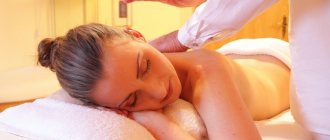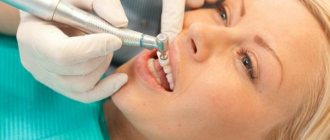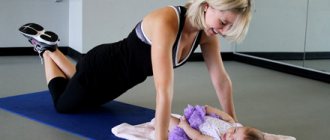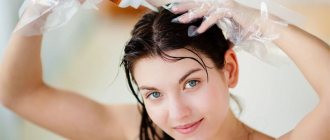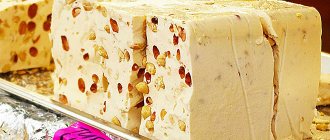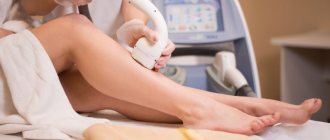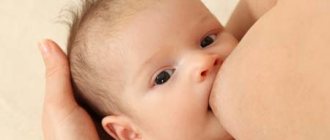The long period of pregnancy is over, the baby is healthy, and many women are trying to return to their normal lifestyle. Thermal procedures for a nursing mother are a rather delicate issue. Much depends on the time that has passed since the birth of the baby, whether there was any surgical intervention during childbirth, and the presence of various concomitant pathologies in the young mother. Many factors will influence when you can go to the bathhouse after childbirth.
Type of birth and visit to the bathhouse
Naturally, the period of pregnancy, childbirth, and then the lactation period impose certain restrictions in terms of consuming certain products, attending various cosmetic and medical procedures, or simply washing in the bathroom. The question of when you can go to the bathhouse for the first time after childbirth also worries young mothers.

Visiting the bathhouse is affected by the frequency of procedures before childbirth and during pregnancy
No matter how the baby is born, naturally or through surgery, you should wait until the body recovers after childbirth. Namely, the cessation of postpartum discharge, i.e. lochia, and uterine contractions. This happens 6-8 weeks after birth. Therefore, you should start taking a bath no earlier than 1.5-2 months after giving birth.
This limitation is due to the fact that high temperature can provoke increased discharge.
Women who suffered significant perineal tears during childbirth or had a cesarean section should wait until the wounds are completely healed and the stitches are removed.
Bath after Caesarean section
According to global data, 50% of births are by Caesarean section. When stitches are applied, young mothers are advised to limit themselves in physical activity, taking a bath and even showering. Wiping with damp towels is allowed.
But if a woman is discharged from the maternity hospital, then the doctors are satisfied with the general condition, wound healing is proceeding favorably. In this case, you can allow a short stay in the sauna. Heat treatment will help protect against the formation of colloidal scars that appear at the suture site. And warm water supports the restorative process of uterine contraction.
When can you steam for the first time after giving birth?
Taking a bath and visiting the sauna involves exposing the body to even higher temperatures than regular bathing. Therefore, first of all, you should adhere to general recommendations for limiting visits to a steam room or sauna:
- Asthma
- Diseases of the cardiovascular system
- Epileptic seizures
- Low pressure
- Skin diseases
- Kidney and urinary tract diseases
- Oncological diseases
A woman who has recently had childbirth should carefully monitor her well-being when visiting a steam room or sauna. If a young mother did not go to the bathhouse or take a steam bath before pregnancy and childbirth, then it is better to reschedule her acquaintance with them until breastfeeding is completed and the body has completely returned to its normal state.
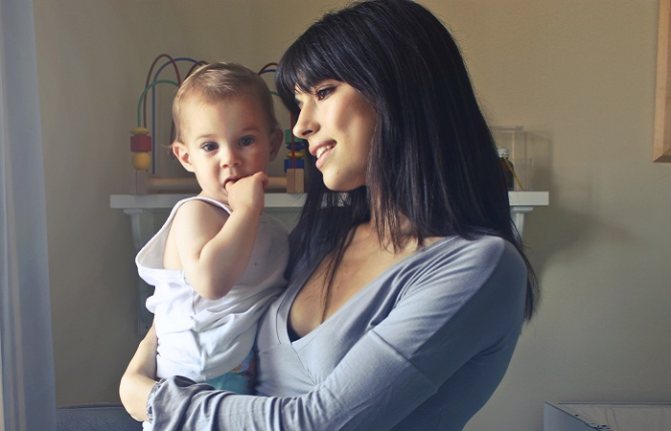
When you first get acquainted with the bathhouse, you should wait until you finish breastfeeding
If a woman previously went to the sauna, she can continue to do so after childbirth, but following certain safety rules:
- At first, do not go to the sauna or steam room alone. Let your husband, girlfriend or mother be nearby to provide assistance if your health worsens.
- Start with a small amount of time, limit your first visits to the sauna to 2-3 minutes.
- Choose the least hot place in the steam room or sauna.
- Avoid sudden changes in temperature: it is better to completely avoid wiping off snow and diving into cold water.
Pool
Recovery after childbirth involves stabilizing the hormonal system, establishing metabolic processes, and returning the figure to its usual frame. Exercises in the pool are considered an effective method of honing forms. Regular swimming and water gymnastics are beneficial and have a beneficial effect on the female psyche.
Metabolic processes accelerate in water. Fat deposits are spent to obtain energy and heat. Sports water gymnastics is a low-traumatic activity. The liquid puts pressure on the whole body, the back muscles are strengthened, and the condition of the spine improves.
You can go to the pool with your baby. Despite the tangible benefits, there are certain limitations. They depend on the nature of labor.
When can you go to the pool after giving birth? If the child was born naturally, there were no complications, you can go to classes after 3 months. In case of using cesarean section, consultation with a gynecologist is required. Typically, permission is issued 6 months after the birth of the baby.
A woman should take care of her breasts. Feeding the baby depends on her condition. In the pool, cold water and non-compliance with sanitary and hygienic standards pose a threat to the mammary glands. Inflammation is provoked by the temperature contrast between water and air masses. Mastitis takes a long time to heal, and you will have to stop breastfeeding.
Recommendations:
- During the first few days, walk around the pool and swim slowly;
- do not make active movements of the shoulder girdle;
- perform exercises that strengthen the muscles of the abdomen, legs, buttocks;
- Lessons should not exceed 45 minutes in time.
Women with chronic diseases should not go to the pool. Mothers with elevated body temperature are prohibited from visiting the establishment. If complications arise during the postpartum period, stay home.
The benefits and harms of bath procedures
The benefit of visiting a bathhouse is that it cleanses and rejuvenates the skin, strengthens the cardiovascular system and respiratory system. What is especially good for a young mother is that there is a general relaxation of the body and an improved psychological state.
The main harm from visiting a bathhouse for a woman who has recently given birth is that in the heat the blood vessels dilate, blood flow accelerates, and this can provoke an exacerbation of chronic or infectious diseases and increased discharge.
Masks, creams, lotions
Every woman takes with her numerous jars of creams, masks, lotions, etc. to the bathhouse. However, a nursing mother should refrain from using this cosmetics. Any product that you use in the bath quickly penetrates the pores, and therefore into the milk. Avoid products with aggressive chemical composition.
For a young mother, masks made from a decoction of herbs and honey are suitable. However, even when using these natural remedies, you need to be careful. Wash off the ingredients thoroughly so that they do not remain on the breast or enter the baby’s body during feeding. Avoid using strong-smelling shower gels and soaps. The smell that remains on your skin can irritate the baby and cause anxiety in the baby. It is also not recommended to use cosmetic moisturizers after the bath, with the exception of baby oil.
Read also:
Kegel exercises will help you recover after childbirth
Rules for visiting the bathhouse for breastfeeding women
The main question that worries young mothers when visiting a bathhouse or sauna is whether it will harm breastfeeding. It should be remembered that under the influence of heat, blood vessels dilate and blood flow increases, which can lead to a strong flow of milk. This effect is the basis for the advice given to women experiencing a lack of milk to use warm baths or breast lotions before feeding. Therefore, if after visiting the bathhouse a woman does not have the opportunity to feed her baby for 2-3 hours, it is better to express milk to avoid stagnation.
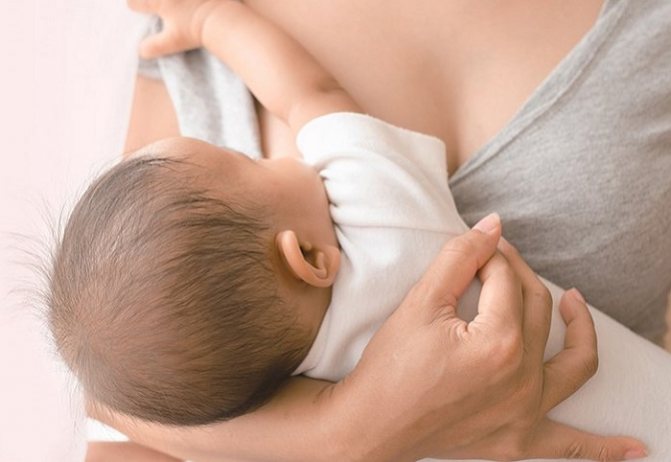
Before visiting the sauna, a nursing mother should put her baby to her breast, preferably two breasts, and also after leaving the steam room, she should feed the baby, as the amount of milk will increase
Conclusion

Bath procedures for mothers are useful and enjoyable!
But in order not to create a bunch of new problems for yourself and your baby, before visiting such a hot establishment you need to sensibly assess the capabilities of your body.
The cost of carelessness during the postpartum period can be too high! And in the video presented in this article you will find additional information on this topic.
Did you like the article? Subscribe to our Yandex.Zen channel
Steam room mask recipe
A woman always wants to be beautiful and well-groomed. Young mothers are no exception. The bathhouse is an excellent place for various skincare and cosmetic procedures, since under the influence of heat, the pores of the face and body expand and masks and creams penetrate deeper into the skin. Women who are breastfeeding should remember this and avoid using store-bought cosmetics with untested ingredients. Unsafe components can enter the bloodstream and harm the baby through a woman’s milk. Therefore, during breastfeeding, it is better to use masks and scrubs prepared at home.
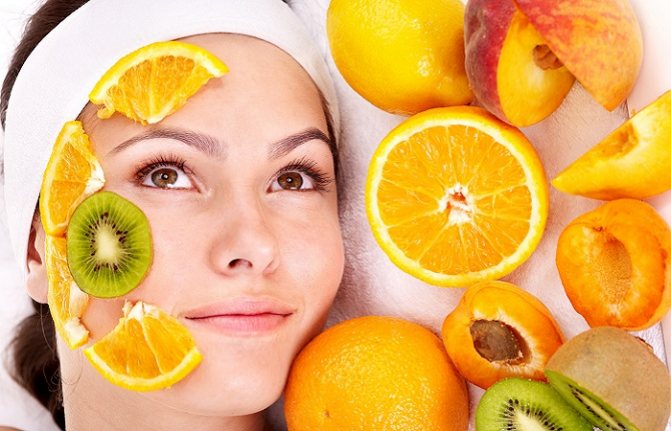
Bath masks should be prepared independently from ingredients that will not cause allergies in a woman.
Facial scrub: kefir, natural yogurt, and cream can be used as a base for the scrub. As a cleaning component, you can take used natural ground coffee, brown sugar, sea salt, oatmeal or cereal. Mix both components until you obtain a scrub with the consistency of sour cream. Apply to a steamed face, massage for 1-2 minutes, rinse with warm water.
Body scrub: mix half a glass of kefir, a quarter glass of natural ground coffee and a quarter glass of rice, crushed in a coffee grinder. Let the scrub sit. Apply to damp body skin with circular massage movements. Leave for 5 minutes, then rinse with warm water. Face mask: After using the scrub, apply a face mask. Mix the pulp of one banana and 1 teaspoon of starch, apply for 15-20 minutes, rinse with warm water. You can use a mixture of 1 raw egg white, 1 teaspoon starch and 1 teaspoon lemon juice. A mask of 1 tablespoon of white clay, 1 teaspoon of lemon juice and 1 teaspoon of honey will also refresh your skin.
It should be noted that if a woman has an allergic reaction to any components of masks or scrubs, she should not use them.
These homemade cosmetics are not difficult to prepare, and most importantly, they will not harm mother and baby after their use.
Follow these precautions when visiting bathhouses and saunas for women who have recently given birth, your own common sense and well-being, and let the bathhouse provide moments of pleasure and relaxation.
What body care products should I take with me?
An ordinary woman takes a whole cosmetic bag with her to the bathhouse in order to apply various lotions, creams, scrubs, and masks to her steamed skin. A nursing mother can limit herself to natural-based products. The pores steamed by the bathhouse absorb everything much better, including chemical additives that get into your blood and milk. There is no need to feed your baby products from the chemical industry, which are generously packed into modern products that care for a woman’s body. Ideally, take baby care products. Baby lotion, cream and milk will not harm your skin and will make it silky and youthful.
When breastfeeding, you can use natural creams, lotions, scrubs and masks based on herbal decoctions or honey, preferably homemade. Popular products include curd-carrot mixture, kefir and yolk-yeast masks, coffee scrub, and chamomile lotion. Also, when breastfeeding, you can use luxury body care products in moderation; they are often of quite high quality and harmless to the body.
Source

